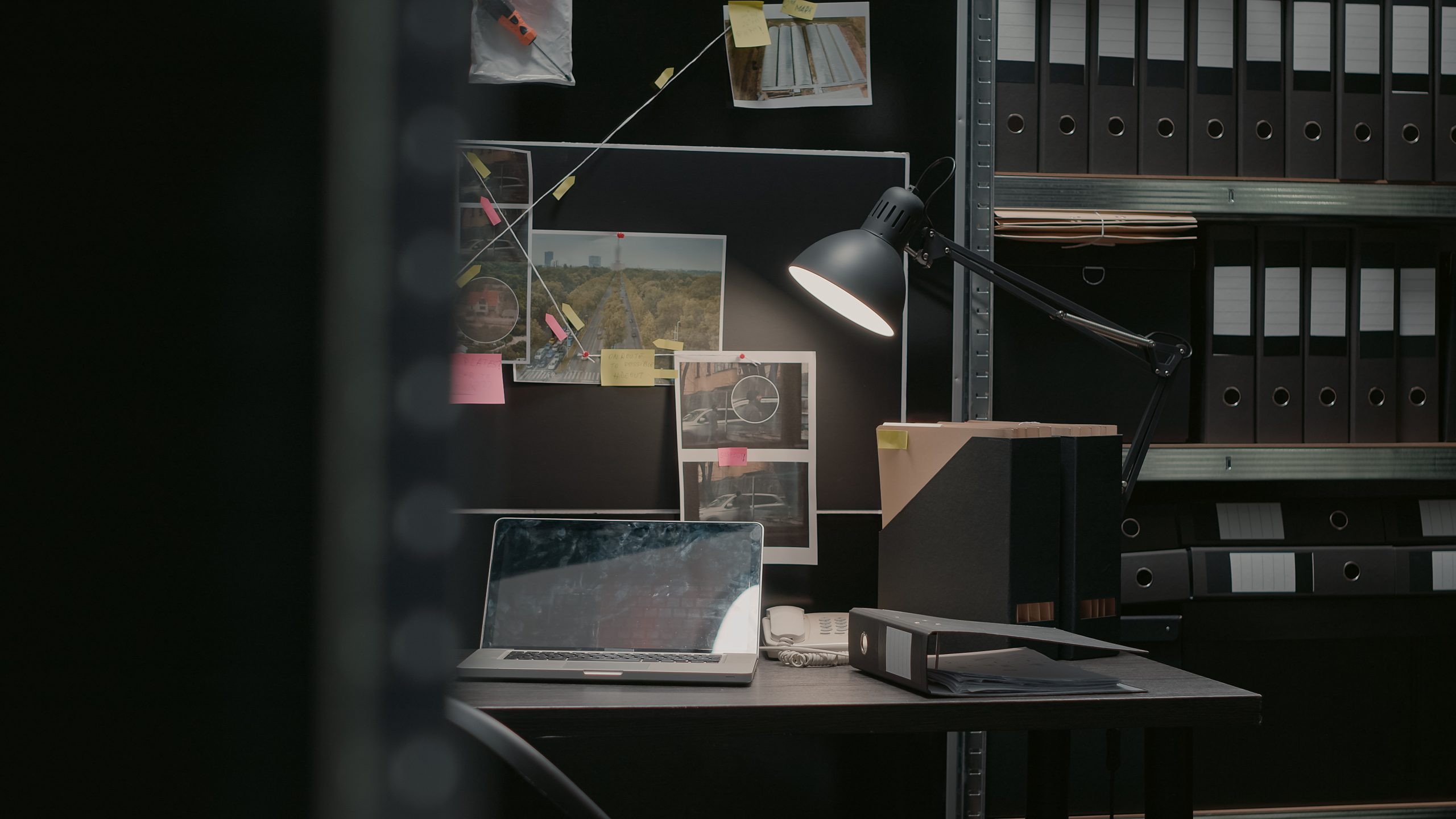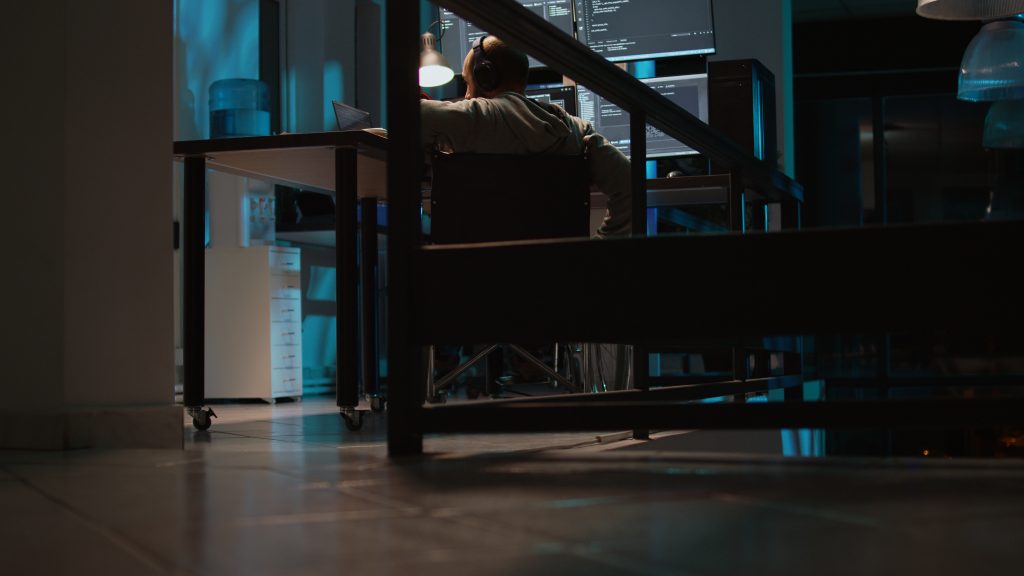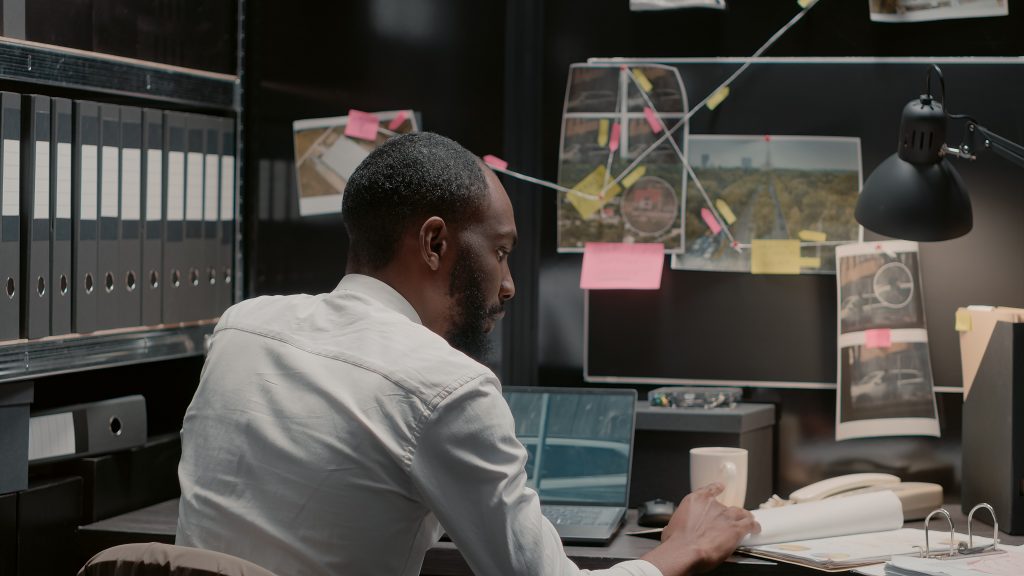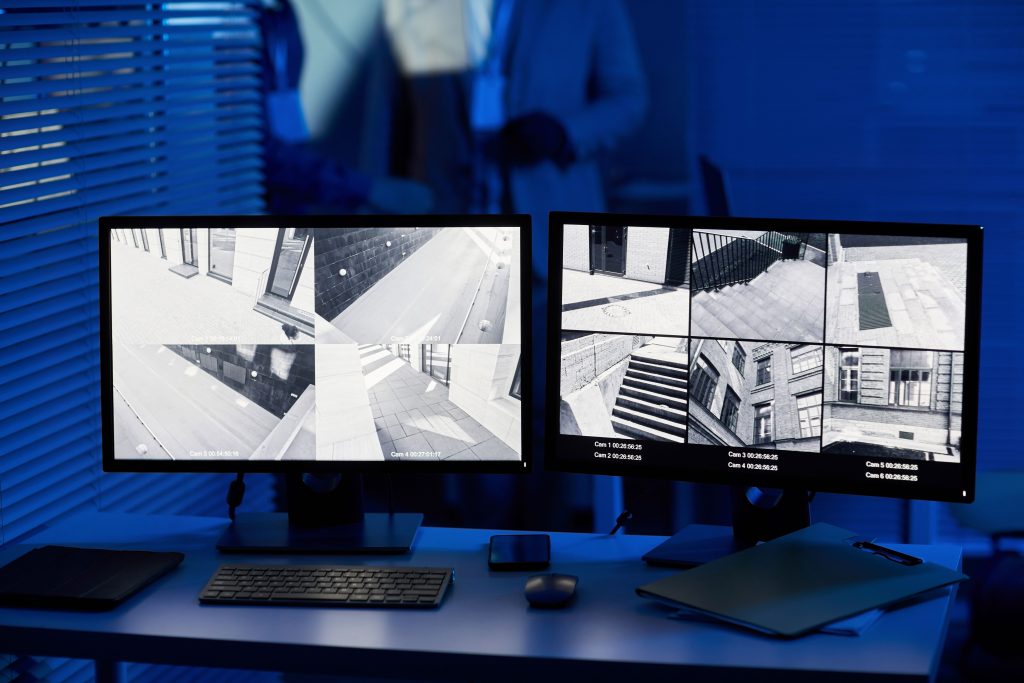Exposing Secrets: 6 Forensic Techniques to Decrypt the Teixeira Leak

The leak of classified documents by Jack Teixeira, an airman first class of the Massachusetts Air National Guard, has sent shockwaves through the intelligence community. While Teixeira has been identified and arrested, the investigation is far from over. This article delves into six forensic investigation techniques that will be used by federal investigators to reconstruct the events surrounding the leak and secure vital information in his prosecution, all of which are used everyday by my team at RosettiStarr in investigations we conduct every day.
1. Digital Forensic Evidence: Tracing the Electronic Footprints
Digital evidence plays a crucial role in most modern forensic investigations. Investigators will be analyzing Teixeira’s electronic devices, including his computer, smartphone, and any external storage devices, to find traces of leaked documents and communications with others. These digital footprints can reveal valuable insights into his motivations, accomplices, and the scope of the breach.
The advanced digital forensics tools and techniques that can be used include file carving (a forensics technique used to extract a formatted file or data from a disk drive or other storage device without the assistance of the filesystem that originally created the file), analyzing metadata, and tracing IP addresses. In the case of Teixeira, investigators may use these techniques to recover any deleted files or communications that could point to accomplices, motives, or methods. They will also analyze his browsing history, email records, and messaging apps to determine if he was in contact with any foreign entities or other individuals who may have encouraged or facilitated the leak.

2. Public Record Evidence: Building the Profile of the Suspect
Public records can provide extremely valuable retrospective information in forensic investigations. To better understand Teixeira’s potential motives and connections, investigators will turn to public records to build a comprehensive profile of the suspect.
Investigators will be pouring over his employment and military service records, court documents, and any previous criminal history. These records can shed light on his background, qualifications, and any potential red flags that may have been overlooked during his security clearance process.
Additionally, they can scrutinize online public records, such as social media accounts, to understand his social circles and potential accomplices, sometimes with the assistance of a subpoena. For instance, they may examine his open internet comments and accounts, but also non-public information such as connections and direct messages on platforms like Discord where the leaks initially occurred, as well as Facebook, Twitter, YouTube, Telegram and others. Those links will enable them to identify individuals who may have had access to the leaked documents or who may have encouraged Teixeira to carry out the leak. Public records pertaining to personal assets can also help identify any financial irregularities that may be linked to the leak, like unexplained wealth or transactions, although he was living with his parents and does not obviously have unexplained wealth. You never know for sure until every stone is turned over.

3. Documentary Evidence: Uncovering Timelines and Hidden Connections
Investigators are likely to examine a host of documents and records to gain more insights into the case. First and foremost, will be the leaked documents themselves. While retyped documents pose more of a challenge than images posted of printouts or images of digital records, analyzing their contents, and comparing them with the authentic versions can help establish timelines based on cached version histories. If the contents have been altered or changed over time, this can help expose any political or ideological motivations. Access logs to classified files can help identify other conspirators or sources of leaks.
There are also private records in the custody of Teixeira and other third parties likely to be examined. While there has been no obvious malign international involvement, Teixeira’s personal correspondence, financial statements, and any other personal documents that may shed light on his activities and linkups leading up to the leak.
His bank statements and credit card transactions will be checked for unusual spending patterns or financial connections to foreign entities. Any personal journals or diaries may contain information about his thoughts, plans, or motives. Encrypted messaging apps and other private communications will be checked for discussions related to the leak or potential accomplices, although their content will likely have to be subpoenaed.
4. Open-Source Intelligence: Gathering Information from Publicly Available Sources
Open-source intelligence (OSINT) is the collection and analysis of publicly available information from sources on the open, dark, and deep web, such as websites, social media platforms, and online forums. Investigators in the Teixeira case have already utilized OSINT to track down the initial source of the leak. However, there is still a wealth of information to be explored.
By monitoring online platforms, such as Twitter, Telegram, and 4chan, where the leaked documents were shared, investigators can identify potential accomplices, gauge public sentiment, and uncover new leads. They can also use advanced web scraping tools and machine learning algorithms to sift through vast amounts of online data, searching for patterns or connections that may be relevant to the case. This can include monitoring unique hashtags, keywords, or user accounts (including fake accounts or those used in botnets for other known foreign government or private operations) associated with the leaked documents or individuals involved in the case.
Additionally, investigators may examine the online activities of Teixeira and his connections to see if any indications of the leak were missed early on. By analyzing their social media posts, online interactions, and digital footprints, the investigators can gain a better understanding of the dynamics and relationships that may have played a role in the leak.

5. Observational Evidence: Examining the Physical Environment
Observational evidence, such as surveillance footage and eyewitness accounts, can provide vital context and corroborate other forms of evidence in a forensic investigation. In the Teixeira case, investigators may review security camera footage from his home, the SCIF (a sensitive compartmented information facility where trusted personnel work with classified material) where he worked or accessed the leaked documents, or other locations he frequented. This can help them build a detailed timeline of events leading up to the leak, identify any suspicious activities, or even spot potential accomplices.

6. Eye-Witness and Expert Testimony: Gathering Firsthand Accounts and Expert Conclusions
Eyewitness testimony from those who interacted with Teixeira before and during the leak can offer valuable insights into his motives, actions, and associations. These firsthand accounts can help paint a more complete picture of his character and behavior, potentially revealing warning signs or patterns that went unnoticed.
They will surely interview family, friends, and coworkers in his National Guard unit to gather additional information about his behavior, state of mind, and potential accomplices. These interviews can reveal personal relationships, conflicts, or other behavior that may have contributed to the leak. Moreover, they may provide crucial corroborating evidence to support digital and documentary evidence. Expert testimony can also explain the authenticity, accuracy, and potential impact of the leaked information.
Challenges and Future Directions
As the investigation continues, several challenges may arise. The sheer volume of digital evidence, including social media posts, online communications, and leaked documents, can be overwhelming for investigators to sift through. Advanced analytics tools and machine learning techniques used in voluminous document reviews can help streamline this process, but the sheer scale of the data remains a challenge.
Another potential issue is the international nature of the case. The leaked documents have implications for multiple countries, which can create jurisdictional challenges and complicate the investigation if others are involved. Cooperation between international law enforcement agencies and intelligence organizations will be critical to overcome these obstacles and ensure a thorough and effective investigation.


